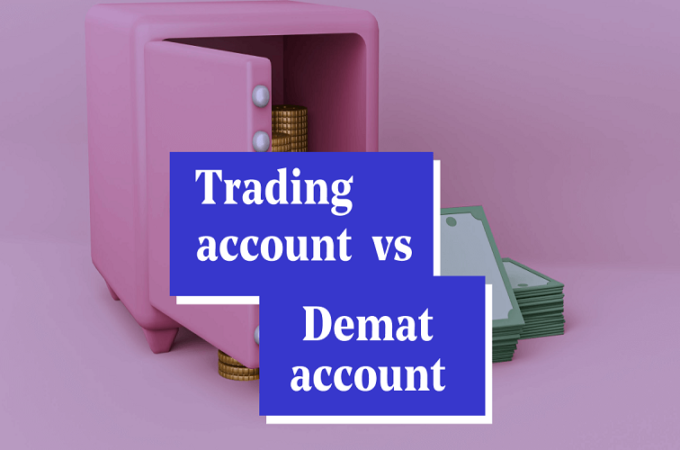
How to Identify Strong Support Levels on Any Chart
Support levels are a foundational concept in technical analysis, offering traders a visual guide for where the price may likely stop falling and start to rebound. When correctly identified, support levels can become powerful tools to enhance trading precision, manage risk, and anticipate market behaviour.
This article dives deep into the mechanics of identifying strong support levels on any chart, whether you’re analysing stocks, forex, or crypto.
What is Support in Trading?
In trading, a support level refers to a price point where an asset consistently stops falling and starts to bounce back upward. It represents an area of buying interest strong enough to overcome selling pressure. These levels often emerge because of previous lows, psychological price points, or technical indicators. Over time, these areas develop into “floors” that traders watch closely for signs of a trend reversal or continuation.
Understanding where support exists can help you make more informed entry and exit decisions. When prices approach a known support zone, the chances of a bounce increase, and traders may consider long positions. Conversely, if support is broken, it may indicate a shift in sentiment and a new downward trend. Explore this weblink for more information.
Why Identifying Strong Support is Crucial
Identifying a support level is one thing; recognising a strong one is another. A strong support level acts as a reliable cushion, often holding up against multiple tests by the market. These areas are important for more than just entry points—they’re integral to risk management. When support holds, you can define your downside risk with greater confidence, often placing stop-loss orders just below.
Furthermore, support levels are used to predict future price behaviour. Historical support can evolve into future zones of interest, and seasoned traders rely on them to gauge momentum and build strategies that capitalise on trend movements.
Understanding Support Levels
Support levels come in several forms. The most straightforward type is horizontal support, which forms when prices repeatedly bounce off a similar price point. These flat levels are easy to spot and are often tested multiple times, gaining credibility with each touch.
Trendline support is another important category. This form appears when prices make higher lows, indicating an upward trend. Drawing a line beneath these lows creates a rising support line that often acts as a guide for future price movements.
Dynamic support levels, such as moving averages, change over time and reflect the average price over a specific period. Many traders use the 50-day or 200-day moving averages as dynamic support lines, particularly in trending markets.
Key Characteristics of Strong Support Levels
Strong support levels share a few key attributes. First and foremost is historical significance. If a price level has acted as a floor multiple times in the past, traders are more likely to trust it in the future. This repetition builds confidence that buyers will return if the asset falls to that level again.
Volume is another crucial factor. When support forms alongside a high volume of trades, it signals strong conviction from market participants. A high-volume bounce from support is more likely to hold than one occurring on low volume, which might indicate weak buying pressure.
Context also matters. The overall trend of the market can affect whether a support level is likely to hold. In a strong uptrend, support levels are more likely to be respected. In a downtrend, even previously strong support can fail under consistent selling pressure. Understanding the broader market context allows you to interpret support levels more accurately.
Methods for Identifying Support on Charts
Visual inspection is often the first step in identifying support levels. By simply observing a chart, you can see areas where prices repeatedly found a floor and reversed. These price points form the most basic, yet frequently reliable, support zones.
Trendlines are another effective method. When prices form higher lows over time, drawing a line that connects these lows can help highlight where support may emerge in the future. Accuracy is key here; drawing trendlines with at least two to three touchpoints increases their reliability.
Technical tools can also reveal hidden support levels. Moving averages act as dynamic guides that adjust with the market. When price bounces off these lines repeatedly, they form de facto support levels. Fibonacci retracement levels, based on key mathematical ratios, can also highlight potential areas of support after a price pullback. Pivot points, calculated from previous highs, lows, and closes, offer additional insight into where support might be found on intraday or weekly charts.
Conclusion
Support levels are more than just lines on a chart. They represent real market behavior, where buyers have stepped in with enough conviction to halt a decline. Learning how to identify and validate strong support levels can give traders an edge in planning entries, managing risk, and interpreting price action with more clarity. Mastering the art of support analysis takes time and practice.
By studying past price action, applying volume and momentum confirmation, and considering broader market context, you can build the confidence to identify strong support levels on any chart.




